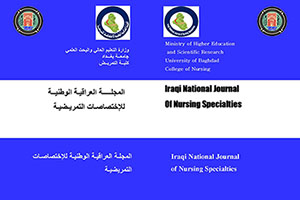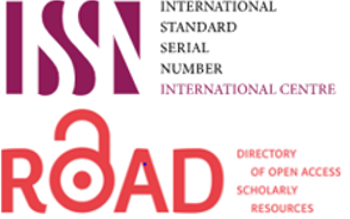Description of Surveillance System of Sexually Transmitted Diseases , Human Immunodefiency Virus and Acquired Immunodefiency Syndrome in Iraq
DOI:
https://doi.org/10.58897/injns.v18i1.15Abstract
Abstract A descriptive study using evaluation technique was carried at the health organizations concerning STIs/HIV/AIDS, mainly the AIDS Researches and Studies Center in Baghdad and many of the AIDS sections in the Health Directorates in the Governorates throughout the period of May 15th , 2003 through September 30th, 2003( to describe the surveillance system for the period 1993 through 2002). The study aimed to describe the STIs/HIV/AIDS surveillance system in Iraq. System evaluation questionnaire was adopted from WHO and developed for the purpose of this study. Content validity of questionnaire was established through a panel of 12 experts. Interobservor reliability method was carried out by two researchers to establish the reliability of the instrument and Cronbach’s alpha coefficient was computed for such reliability as (0.93). Data were collected through two ways, firstly from the documented information which was available in the health organizations concerning STIs/HIV/AIDS surveillance activities and secondly from the direct interview that was carried out with the health workers who are involved in the surveillance system. The data were analyzed through the application of descriptive statistical analysis (frequency and percentage). The study reveals that the activities of the surveillance system are covering all over the country through its distributed health facilities. The surveillance system is focusing on capture, control and prevent transmission of Syphilis, HIV and AIDS as a health events of devastating consequences on the patient and community. Also it succeeds in identification and coverage of the risk groups. National regulation notification of new HIV+ve case is very rapid to control the case and to protect the community . Control measures are so effective in preventing the transmission of these diseases. Three levels (Peripheral , Intermediate and Central) are identified to conduct the surveillance activities all over the country, through which special schedule of time is depending in reporting the information . Feedback among these levels is taking the forms of sessions, seminars for the staff involved in the surveillance, the community and field visits to the sentinel sites. The study recommended that high technical communication means may be depended in reporting . Lastly, surveillance is to be included as a subject in the curriculum of the Community Health Nursing as well as for Community Medicine for undergraduate and post-graduate students.















